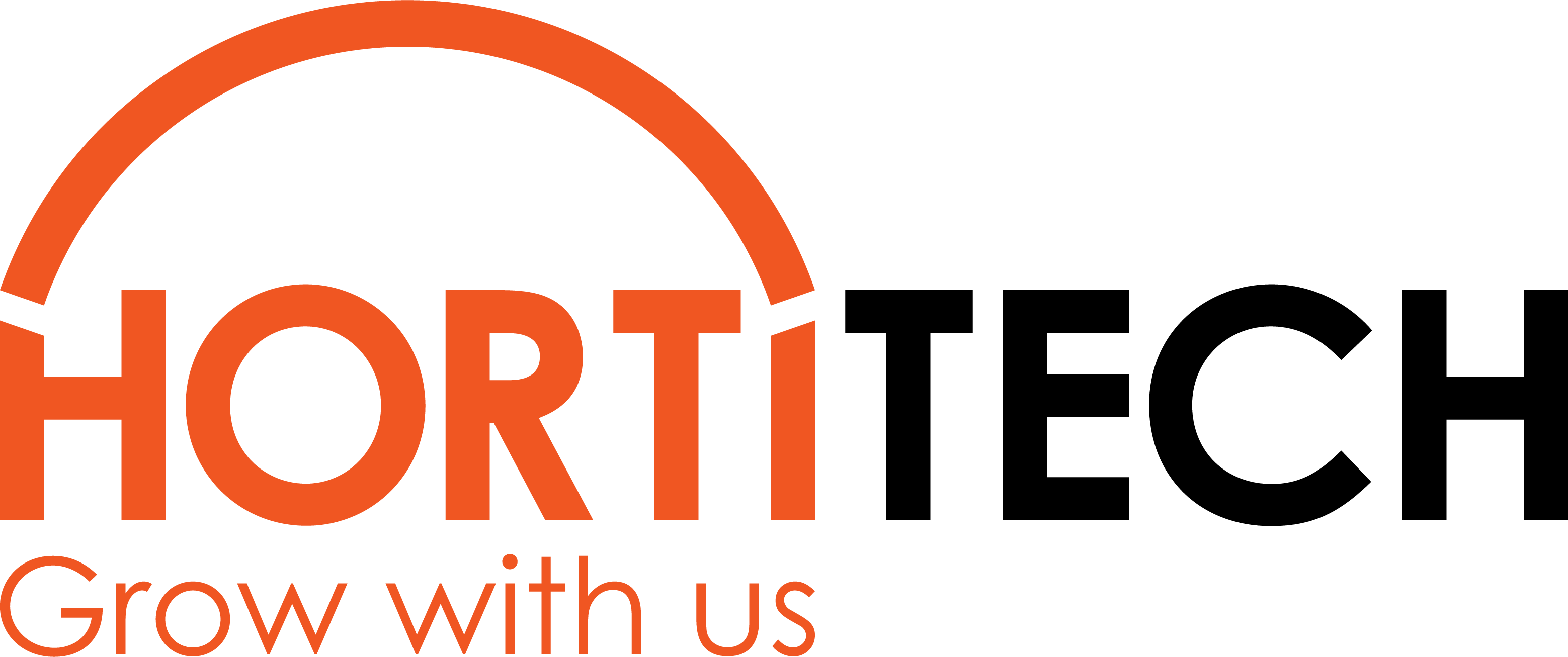Horticulturally, shadecloth has two main specifications; light transmission and UVR block (or block out) that determines the successful growth of plants, foliage, flowers and crops. Determining the balance is usually characterised by what is being grown, and where.
The information on this blog gives some guidance on terms used, the electromagnetic spectrum, common shadecloth densities, light transmission and UVR block versus colour. It is ultimately the grower who determines the right light transmission versus block out.
Light & Block Out Explained
UVR Block: The percentage of ultraviolet radiation of wavelengths between 290nm and 400nm (see diagram), that is not transmitted through the shadecloth
Light Transmission, or PAR Transmission: The amount of light transmitted passing through the shadecloth. Technically, Photosynthetically Active Radiation (PAR) is effectively the proportion of visible light (see diagram) passing through the shadecloth in the range of 400nm to 770nm. It is a measure of how much effective light would reach plants shaded by the cloth.
Cover Factor: A measure of percentage area of the shadecloth covered by the yarns and fibres. This percentage is usually close to the UVR Block Figure.
Shade Factor (Shade Co-efficient): The percentage of ultraviolet and visible light, i.e. radiation of wavelengths between 290nm and 770nm (see diagram) not transmitted through the shadecloth.

